The views expressed in our content reflect individual perspectives and do not represent the authoritative views of the Baha'i Faith.
Growing up, I remember idolizing White people and thinking they were so superior to us Indians.
They had such better lives. I remember in residential school, having fair skin was the best thing, and being dark skinned was the worst. Everyone made fun of a person with dark skin. Later on as a teenager, I noticed that this fair skin, dark skin phenomenon carried on. The fair skinned people were the most attractive, as they were the most like the White people, therefore they were seen as prettier or more handsome.
As a teenager, I remember seeing how the most beautiful Indian girls saved themselves for the White boys, but they could never get the most sought-after White boys. At best they could get say a mediocre or average sought-after White boy. This dynamic played out identically for the Indian boys. They could never get the most desired White girls. I saw this as insulting, and made up my mind that I would not play this game and that I would not date any White girls.
I also remember being ashamed of my brown or dark skin and wishing my skin was more fair. I think it was only when I was about 28 years old that I looked at my skin and felt nice that I did not look plain like everyone else. I was working in an all white environment.
Amidst all this as a teenager I remember thinking that the very dark skinned beautiful Indian girls, were the most beautiful of all. To ever have a chance to date one of those girls was very rare it seemed.
The turning point for me came when I took a university class and heard an amazing speaker, Danny Musqua. He talked of the Anishnape people, my people. He told of how they had lived long ago, how well-organized they were, and all the contributions the Anishnape made to society. For the first time in my life, that day I walked down the halls of the university, so proud to be Indian. I walked with my shoulders straight, and I wanted everyone to know, that “I am an Indian.”
My life has been a constant battle to fight what racism has done to me, and to protect my children from its pernicious influence. I also try to educate people about racism and its harmful effects. Many people of color are ashamed to talk of racism because of what it has done to them; and many White people are also ashamed to talk of racism because they usually unknowingly have benefited from such racism.
When confronted by racism most people of color are in denial, because they are ashamed of how racism has controlled them. They also may get upset when they find out how it has influenced many of their decisions in life. White people are mostly ashamed and in denial of racism because they do not want to be associated with racism, so they pretend that they are above it. Both of these people, that is Whites and people of color, will try to shout it down, so the person discussing it will often stop. A favored tactic is to turn the table and accuse the person discussing racism that they are the ones who are racist. I’ve found that most people will do anything to avoid the subject.
To study this, read the Baha’i writings on racism, and just look within yourself.
…man has been created in the image and likeness of God.
Let us now discover more specifically how he is the image and likeness of God and what is the standard or criterion by which he can be measured and estimated. This standard can be no other than the divine virtues which are revealed in him. Therefore, every man imbued with divine qualities, who reflects heavenly moralities and perfections, who is the expression of ideal and praiseworthy attributes, is, verily, in the image and likeness of God. If a man possesses wealth, can we call him an image and likeness of God? Or is human honor and notoriety the criterion of divine nearness? Can we apply the test of racial color and say that man of a certain hue — white, black, brown, yellow, red — is the true image of his Creator? We must conclude that color is not the standard and estimate of judgment and that it is of no importance, for color is accidental in nature. The spirit and intelligence of man is essential, and that is the manifestation of divine virtues, the merciful bestowals of God, the eternal life and baptism through the Holy Spirit. Therefore, be it known that color or race is of no importance. He who is the image and likeness of God, who is the manifestation of the bestowals of God, is acceptable at the threshold of God — whether his color be white, black or brown; it matters not. Man is not man simply because of bodily attributes. The standard of divine measure and judgment is his intelligence and spirit. – Abdu’l-Baha, The Promulgation of Universal Peace, p. 69.


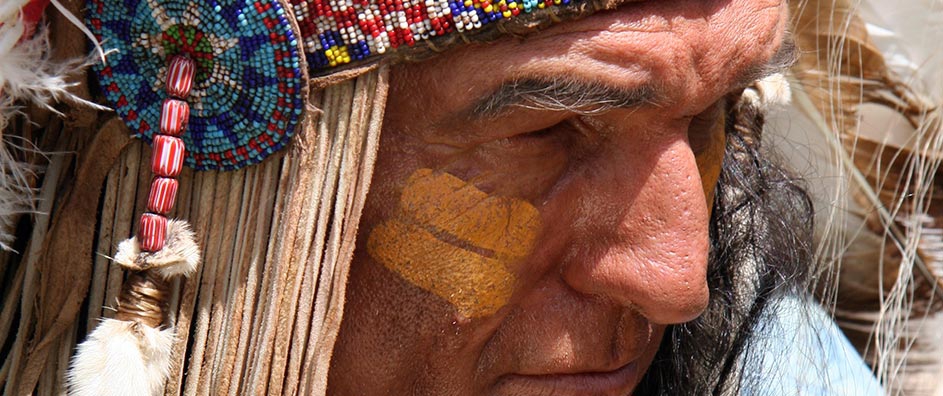



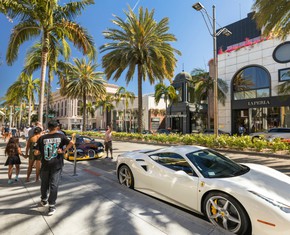
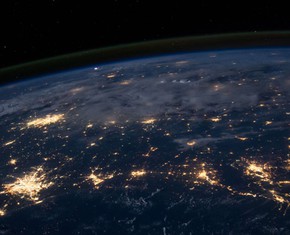
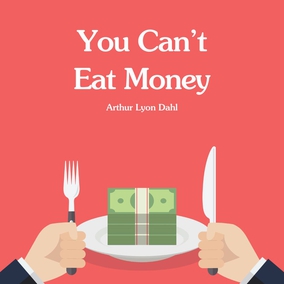
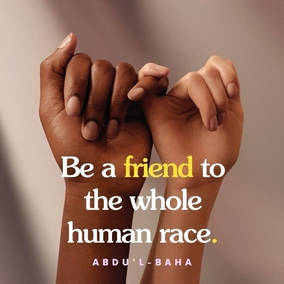
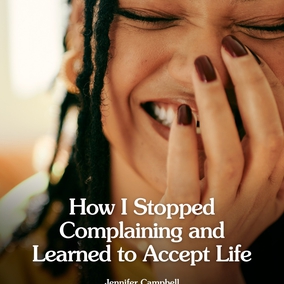
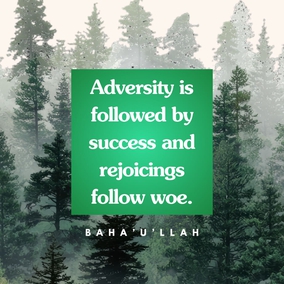
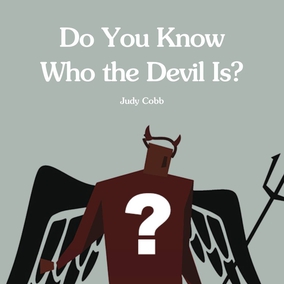
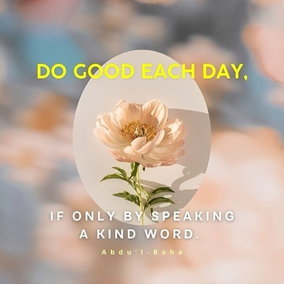

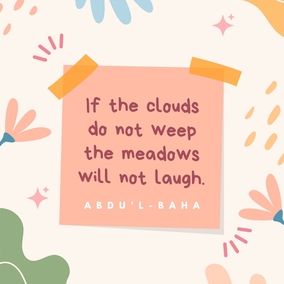

Comments
Sign in or create an account
Continue with Googleor